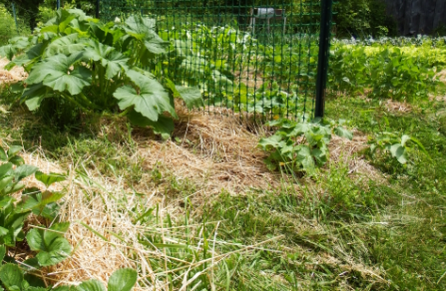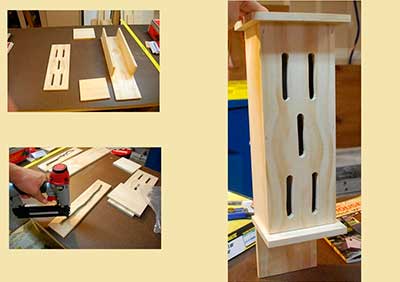 Most ideal Way To Remove Weeds From Large Area
Most ideal Way To Remove Weeds From Large Area Pull Them Out
There are numerous successful techniques you can utilize with regards to weed control. In any case, contingent upon the size of land you expect to tidy up weeds, you may need to think about various kinds of devices. For example, if it's a little fix that necessities clearing, you may need to simply yank them out utilizing your hands.
Uncover Them
In the event that your garden has obstinate weeds that keep on regrowing regardless of how frequently you haul them out, it might be a great opportunity to uncover them. The reason for their rebirth could be that they have tenacious roots that should be uncovered. You can either utilize a burrowing fork or spade to get to those roots and expel the weeds for the last time.
Mulch Over Them
To the extent weed control systems go, this is one of the best structures. By spreading mulch over the zone that you plan to free of weeds, you adequately hinder the weed seeds from getting any daylight, which implies they won't grow.
Mulch likewise holds numerous different advantages than simply executing weeds. For example, while hindering development underneath itself, the covering of mulch holds dampness in the ground. Likewise, it gives a great deal of basic supplements after some time as it breaks down, and directs soil temperatures.
Just spread a layer of mulch between the needed plants in your garden to help keep weeds from developing. Simply make sure to keep the mulch a separation of a couple of crawls from each plant's base so as to forestall decay and demoralize bug attacks.
Cleave Off Their Heads
On the off chance that you can't evacuate the weeds for reasons unknown, your next best alternative is to cut off their heads. On the off chance that you are managing yearly weeds, removing their heads will get you some time (half a month at any rate) before you need to manage them once more.
Utilizing Electric Weed Eater
In case you're managing an especially enormous zone, you might need to put resources into an electric weed eater. This is a string trimmer that is outfitted with an edge connection for chopping thorny briers or thorns down to stubs. It's an incredibly ground-breaking and powerful device with regards to clearing a garden loaded with weeds rapidly and effectively.
Water Your Plants Discriminatory
Otherwise called dribble water system, this procedure is the place you just water the plants you need and abstain from offering water to weeds in regions where they're not greet, for example, ways and other un-planted zones.
Having the option to water just the plants you need instead of everything, including the weeds, may mean increasingly careful precision during watering, however your endeavors to deny the weeds of water will pay off after some time.
One methodology you could utilize is to put a dribble or soaker hose underneath the mulch to viably inundate plants while leaving the weeds parched. By denying them of water, you diminish their seed germination by up to 66%.
Decrease Open Space
For soil that is wealthy in supplements and depletes well, it's constantly a smart thought to dispose of open garden space any place you can so as to eliminate weed development. You can do this by situating your plants nearer together to gag out weeds rising up out of the dirt by concealing them from the sun.
Keep Your Edges Trimmed
Have you at any point seen that a ton of weeds will in general gather at your garden or yard edges? By keeping your edges cut, you will be better ready to forestall weed intrusions. Be that as it may, it's practically difficult to work admirably when utilizing a lawnmower on your grass edges, around posts, along fence lines, and near your planting beds.
Limit Soil Disruption
Numerous plant specialists accept that turning your dirt around evening time controls weeds. In any case, as indicated by inquire about, weeds are animated to develop by unexpected flashes of light. Furthermore, that is actually what you're giving them by turning your garden soil over during daytime.
Plant Cover Crops
There are a great deal of spread yields that you can plant which spread rather effectively, for example, wheat, grain, clover, etc. These plants are commonly helpful and can be utilized in certain circumstances as spread yields for blocking weeds.
You should simply to lay a few sheets of clear plastic all over your garden during late-winter so as to warm the dirt for the weeds to develop. At the point when the weeds have grown a couple of crawls over the ground, you would then be able to haul them out – roots and stem, before moving your very own plants into the garden.


